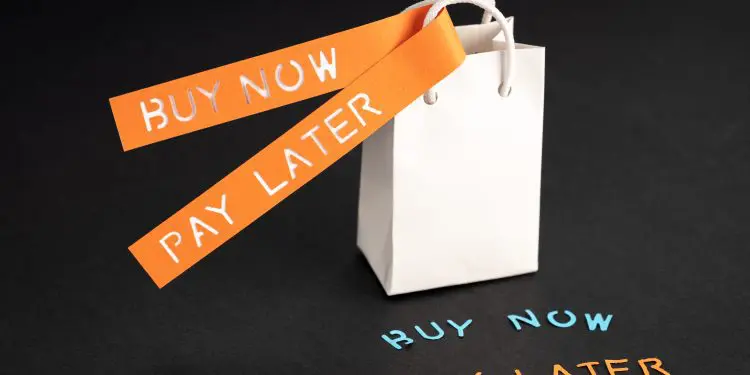Even though most users report having problems with buy now, pay later services, they’ve become broadly accepted across all income categories in the U.S. Roughly 40% of Americans have used the service, a number that is consistent among all household income levels.
BNPL plans are often thought to be most useful for low-income individuals. But that’s not necessarily the case. According to a survey from Bankrate, the highest rate of usage, by a slight margin, is among those with a household income of more than $100,000. Among that group, 43% have used BNPL services, compared to 40% with incomes under $50,000.
Many frustrations often associated with BNPL center around overspending, difficulty returning a purchase or obtaining a refund , and missing payments. But as Ben Danner, Senior Analyst, Credit and Commercial for Javelin Strategy & Research, pointed out, it’s important to keep in mind that all credit services come with challenges.
“At the end of the day, BNPL is a credit product,” Danner said. “Consumers borrow money in the short term to pay for a purchase upfront, which they then pay back to the lender in installments. We should expect to see the same issues that we do in credit cards, such as overspending, delinquency, and charge-offs.”
The issue of overspending is exacerbated by the fact that many people use more than one BNPL plan simultaneously. “The lack of firm credit reporting standards in the BNPL market is a double-edged sword,” Danner said. “It enables consumers who may not otherwise qualify for a credit card to get access to credit. However, it comes at great risk to the consumer who may overspend and stack loans through multiple BNPL vendors.”
Generational Differences
The Bankrate survey also found that BNPL services were most popular among younger generations. More than half of millennials—the largest percentage across generations—reported using BNPL. By contrast, only 25% of baby boomers reported using the service.
Older generation also seemed to have a better grasp of the problems associated with BNPL. More than two-thirds of boomers said they hadn’t faced any issues related to the service, as opposed to less than a quarter of Gen Z users who said the same.

